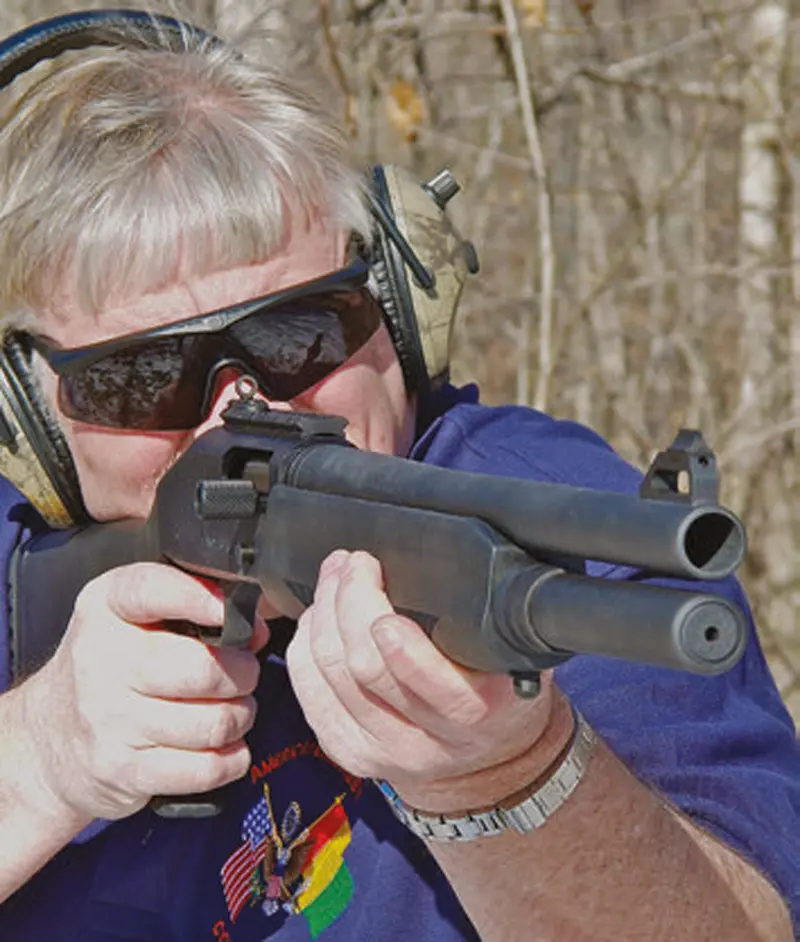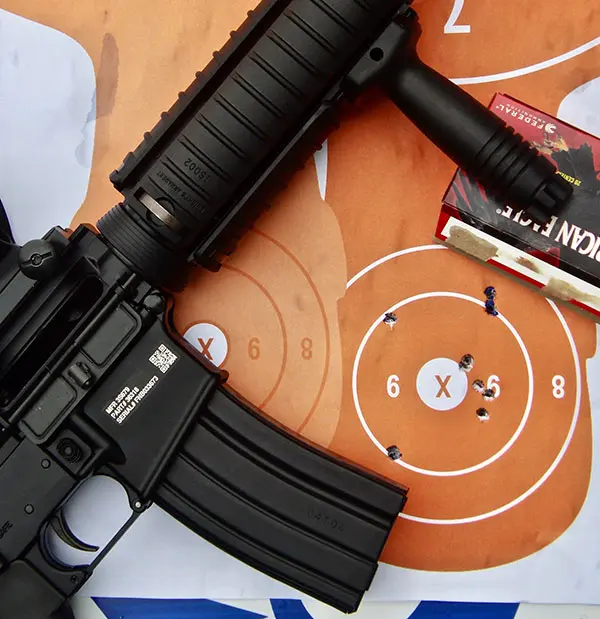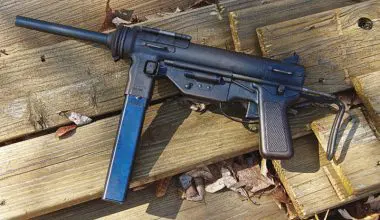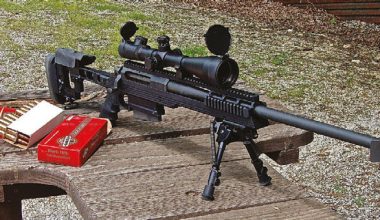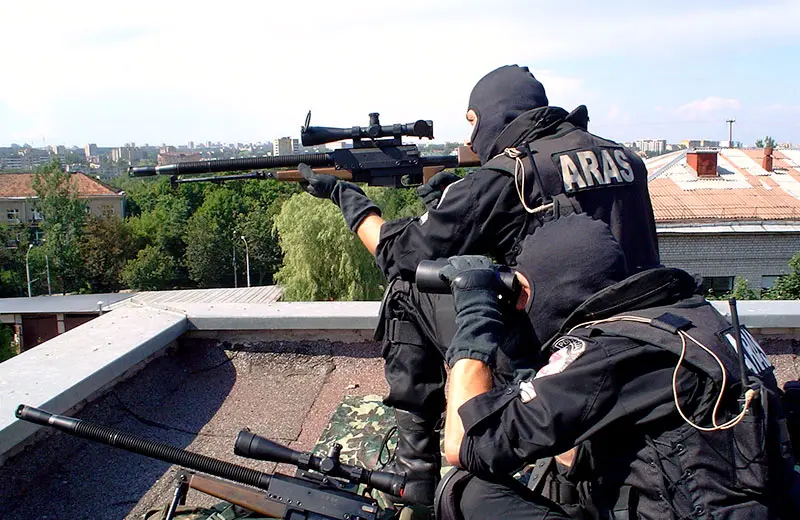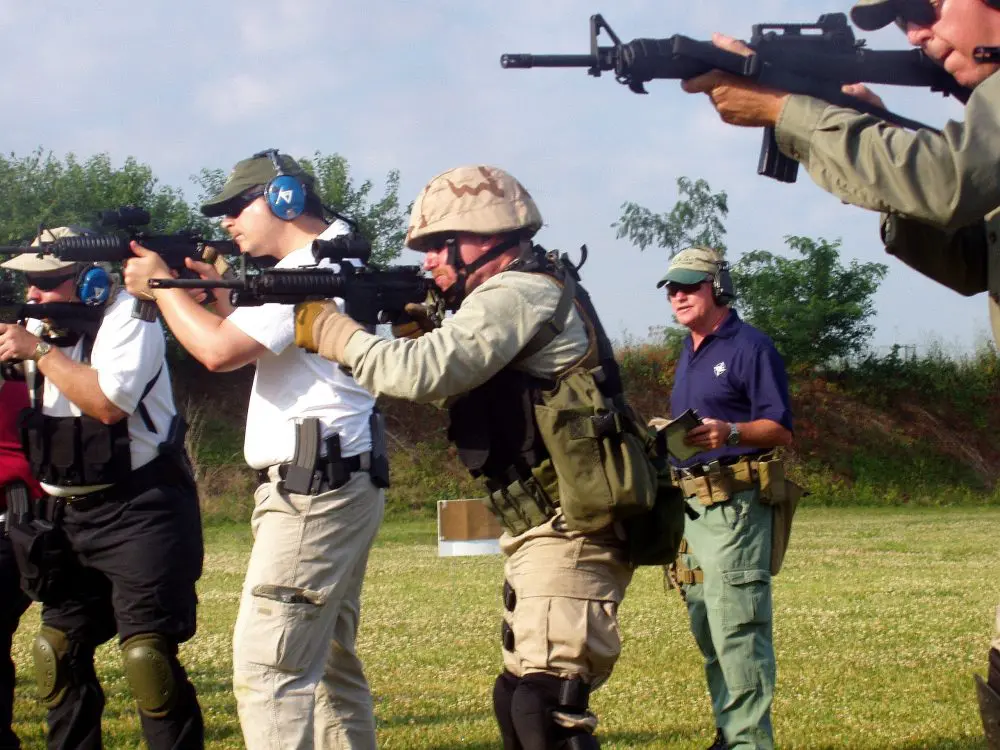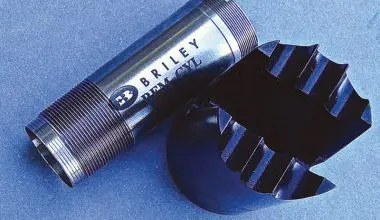Like many of us who’ve been around for awhile, I was a pump-action combat shotgun guy for many years— mostly with the Remington 870. It was the Remington 11-87 Police model that convinced me of the advantages of a self-loading combat shotgun, and I was so well convinced that for many years, an 11-87P has been the long gun I keep loaded in my bedroom for things that go bump in the night.
I’ve also used Mossberg combat shotguns quite a bit and evaluated a tactical version of the 930 for this column some years ago.
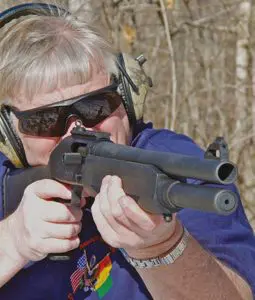
I recently decided to revisit the 930 in the guise of the Blackwater Series 930 SPX. While the shotgun bears the Blackwater logo, that isn’t why I wanted to test this version of the 930. For many years, Blackwater instructors and trainees worked in high-threat environments and developed some strong ideas about what good combat weapons required. I’ve tested a couple of other firearms incorporating “Blackwater” features and have found them to be well thought-out weapons. I wanted to see if that held true with the Blackwater 930 SPX.
The 930 SPX is 38 inches overall and has an 18.5-inch barrel. That keeps it relatively compact, and as it has a pistol-grip stock, allows handling with one hand or, in an emergency, one-handed firing. The forearm and stock are black polymer, the forearm is well checkered, and the stock has a nice thick recoil pad. Among the combat features I appreciate are a large checkered cocking knob, which allows easy operation with the support hand either over or under the receiver, and very usable sights. The front post has a white bar that aids in acquisition, and the rear XS Sights ghost-ring sight is large enough to allow fast usage. There is also a Picatinny top rail, so red-dot sights may be added if so desired.
Now for the good—and bad—news. The safety is Mossberg’s sliding button atop the receiver. Normally, I consider that a great position for a combat shotgun because it can be pushed off or on with the thumb of the shooting hand.
However, with the pistol-grip stock on the BW 930, it is necessary to remove the hand from the pistol grip to operate the safety with the shooting hand. Hence it may be more effective to use the support hand to slide the safety off. That consumes time when preparing to engage. I actually found that when carrying the seven-shot magazine full, but with no round in the chamber, it was fastest to leave the safety off and just chamber a round by slapping the bolt handle back with the support hand.
I like to try self-loading shotguns with an array of loads to see how well they function. The Blackwater 930 SPX was no exception. I used Federal Tactical and Winchester Low Recoil 23/4″ buckshot loads as well as Federal 3-inch #1 buckshot and Federal 3-inch 000 buckshot. As a side note, I’ve been trying shotguns I test lately with #1 buckshot because some authorities think it offers an excellent tradeoff between number of pellets and size of pellets. I also fired some of Winchester’s Low Recoil slugs.
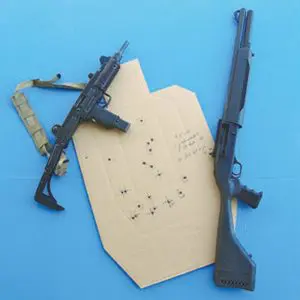
From the 930’s cylinder bore barrel, patterns were pretty good. Using Federal 3” Magnum 000 buckshot at 15 yards, patterns ran consistently around 4.5 inches. Patterns with Federal 3-inch #1 Buckshot and Winchester Low Recoil 00 at 15 yards ran in the four- to five-inch range as well. When I tried slugs at 50 yards, three Winchester Low Recoil slugs grouped into the torso of a humanoid target but a little low and left. This is not a problem but rather another positive feature of the 930, since the ghost-ring sight is click adjustable, so I was able to adjust it to bring slugs to the center of the target.
Usually, I would have fired more patterns at seven, 10, and 25 yards, but I got involved in two other exercises.
First, a friend who was shooting with me had his NFA-registered Uzi along and we decided to do a test. I fired a round of Federal 3″ Magnum 000 Buck into a silhouette target at 15 yards and stepped aside. He followed up with a ten-shot burst from the Uzi at the same range. The comparison was interesting. My single 000 buckshot round put ten .36 pellets into 7.8 inches. His burst of Uzi fire put ten .355 bullets into 9.6 inches. His bullets were heavier than the 000 pellets and his group was a little more center mass, though all hits were well placed. We concluded either should have put an assailant down for the count.

Next I spent some time firing on plates with the various buckshot loads to see how fast I could handle the 930 and how recoil felt when I was shooting multiple shots at various targets. I could pick up the 930’s sights quickly, and recoil was quite manageable even with 3″ Magnum loads.
It was easy to top off the tubular magazine by holding onto the pistol grip and shoving rounds in with the support hand. As previously mentioned, the cocking handle was easy to access and operate. For me, reaching under the receiver and catching it with the edge of my palm worked best. Also, as mentioned previously, operation of the safety was a bit awkward.
Ergonomics—other than the safety— were quite good. By sliding the support hand back and reaching under the receiver, the bolt release may be easily operated. As stated, the same applies to the cocking handle. Other useful features include an indicator that protrudes through the front of the trigger guard to indicate if the shotgun is cocked, and well-located sling swivel studs. Swivels can be very useful on a combat shotgun, especially with a QD sling, as a sling allows the shotgun to be slung when not needed in the ready position.
Overall, I like the BW 930 quite a bit. Reliability was 100% with all rounds fired. I haven’t decided whether I would put a SideSaddle shell holder on it or not—I have one on some of my fighting shotguns and not on others. It would cover the Blackwater paw logo on the left side of the receiver, but that’s not a tactical consideration.
